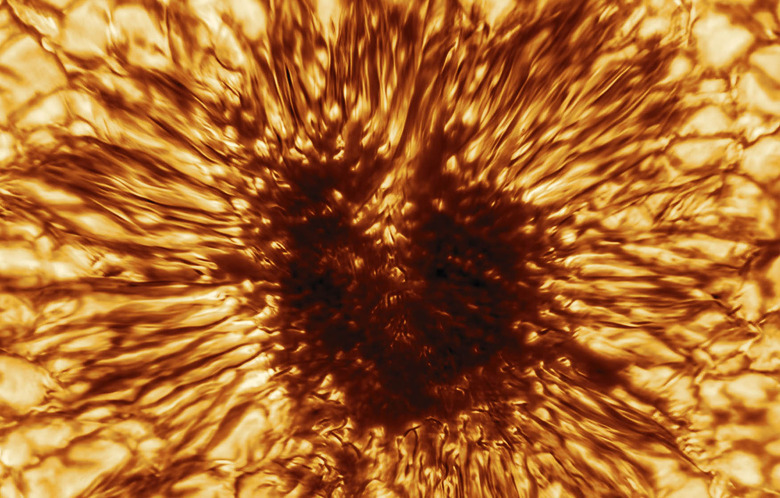Korean Scientists Made An Artificial Sun That Reaches 100 Million Degrees
- Researchers in Korea have broken their own record by recreating the intense conditions of the Sun on a very small scale.
- The KSTAR Research Center managed to maintain plasma at a temperature of 100 million degrees for 8 seconds in 2019, but recently extended that record.
- The research can provide insights into the inner workings of the Sun, helping us to better understand the star that allows life to exist on Earth.
The hardships of 2020 have affected everyone in different ways. For scientists in all fields, special precautions have had to be taken, sometimes slowing down or delaying research and progress. For the scientists at the Korean Superconducting Tokamak Advanced Research (KSTAR) facility, 2020 is ending on a very high note, as they've managed to break their own record, set in 2019, by holding a plasma ion temperature of over 100 million degrees for 20 seconds.
The previous record, which was 8 seconds, was set by the same research group and crushed the previous record of 100 million degrees for 1.5 seconds. The scientists are essentially trying to recreate the conditions that are present inside our own Sun, and doing so on the surface of the Earth has been a trying endeavor.
To achieve such ridiculously high temperatures, the researchers used the "superconducting fusion device" to super-heat hydrogen isotopes to a plasma state. The problem is that this state is hard to maintain, even once it's reached, but the intense temperatures are enough to actually separate ions from electrons. This mimics conditions thought to be present within our own Sun, giving the scientists a chance to study the behavior of the plasma and take various readings.
One of the ultimate goals of this kind of research is to harness the power of fusion energy. If such a breakthrough could be made, it could completely revolutionize how the world gets its power and, if it proves to be a clean and sustainable energy source, it may be just what we need to end our reliance on fossil fuels on a massive scale.
"The technologies required for long operations of 100 million- plasma are the key to the realization of fusion energy, and the KSTAR's success in maintaining the high-temperature plasma for 20 seconds will be an important turning point in the race for securing the technologies for the long high-performance plasma operation, a critical component of a commercial nuclear fusion reactor in the future," Si-Woo Yoon, director of the KSTAR research center, said in a statement.
The research into Sun-like fusion reactions is coming along rapidly, and just a couple of years after first achieving the ultra-high-temperature plasma state, the team has already extended the length of time it can maintain it from 1.5 seconds to 20 seconds. We can't say for certain what the future holds, but this is an incredibly promising area of work.
